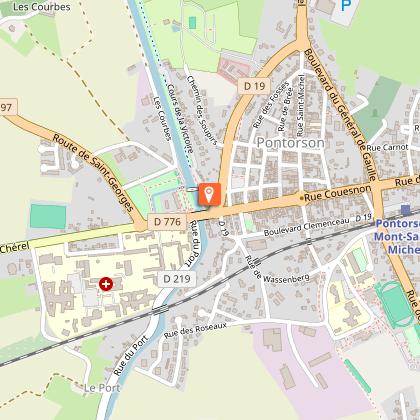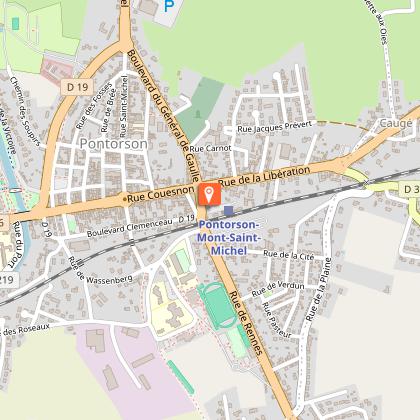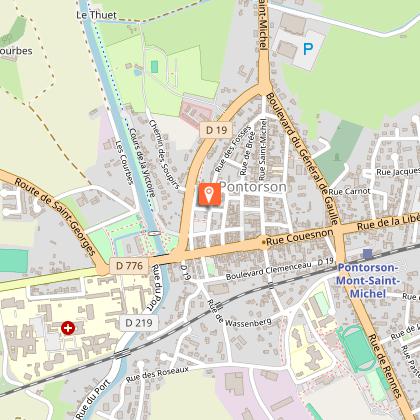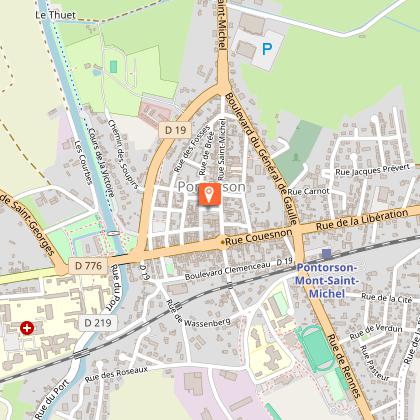Tours
Activities
Places of interest
Where to eat
Where to sleep
Explore HOTEL IBIS BEAULIEU and local attractions
Are you the owner?This page guides you through the attractions and activities accessible from Cesson-Sévigné, Ille-et-Vilaine, Brittany, ideal for enhancing your stay. Enjoy a stroll in Parc de Champagne, a haven for nature lovers. Dive into history at Château des Pères or visit Saint-Martin Church for a touch of cultural heritage. Art enthusiasts will not want to miss Le Pont des Arts cultural center, known for it...See more
Walking around HOTEL IBIS BEAULIEU
See more suggestionsExplore the hiking trails around HOTEL IBIS BEAULIEU.
See more suggestionsWhat to do in HOTEL IBIS BEAULIEU
See more suggestionsExciting adventures await you in HOTEL IBIS BEAULIEU, book now.
See more suggestionsIGN cards
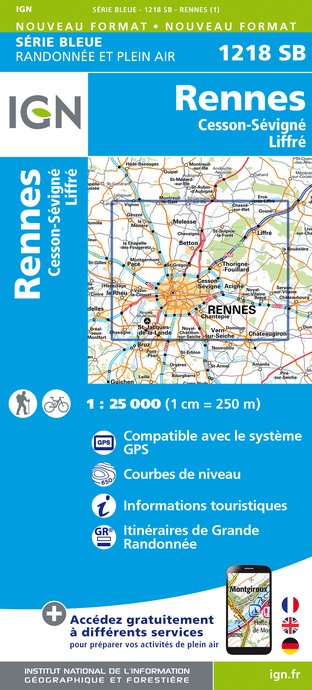
1218SB - RENNES CESSON-SEVIGNÉ LIFFRÉ
Editor : IGN
Collection : TOP 25 ET SÉRIE BLEUE
Scale : 1:25 000
13.90€
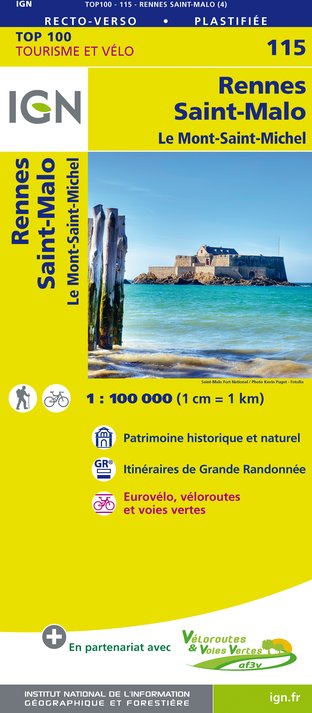
115 RENNES SAINT-MALO LE MONT-SAINT-MICHEL
Editor : IGN
Collection : TOP 100
Scale : 1:100 000
8.40€

TOP100D35 - ILLE-ET-VILAINE RENNES FOUGÈRES SAINT-MALO BAIE DU MONT SAINT-MICHEL
Editor : IGN
Collection : TOP 100
Scale : 1:100 000
8.40€

D44 LOIRE-ATLANTIQUE
Editor : IGN
Collection : CARTES DÉPARTEMENTALES IGN
Scale : 1:150 000
5.90€

D49 MAINE-ET-LOIRE
Editor : IGN
Collection : CARTES DÉPARTEMENTALES IGN
Scale : 1:150 000
5.90€

D35 ILLE-ET-VILAINE
Editor : IGN
Collection : CARTES DÉPARTEMENTALES IGN
Scale : 1:150 000
5.90€

NR07 PAYS DE LA LOIRE
Editor : IGN
Collection : CARTES RÉGIONALES IGN
Scale : 1:250 000
6.80€

NR06 BRETAGNE
Editor : IGN
Collection : CARTES RÉGIONALES IGN
Scale : 1:250 000
6.80€
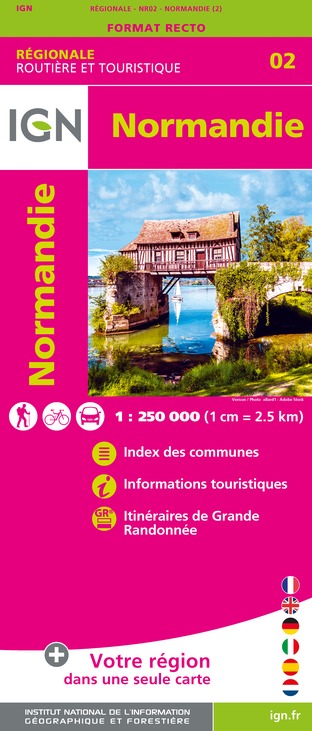
NR02 NORMANDIE
Editor : IGN
Collection : CARTES RÉGIONALES IGN
Scale : 1:250 000
6.80€
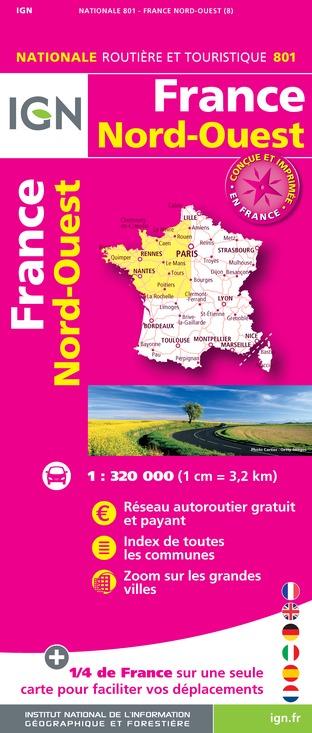
801 FRANCE NORD OUEST
Editor : IGN
Collection : CARTES NATIONALES IGN
Scale : 1:320 000
6.10€

EUROPE
Editor : IGN
Collection : DÉCOUVERTE DES PAYS DU MONDE IGN
Scale : 1:2 500 000
7.00€
What to visit in HOTEL IBIS BEAULIEU
See more suggestionsVisit the museums and galleries of HOTEL IBIS BEAULIEU.
See more suggestionsWhere to eat in HOTEL IBIS BEAULIEU
See more suggestionsEnjoy delicious dishes at HOTEL IBIS BEAULIEU's restaurants.
See more suggestionsWhere to sleep in HOTEL IBIS BEAULIEU
See more suggestionsEnjoy our accommodation recommendations in HOTEL IBIS BEAULIEU.
See more suggestions




















